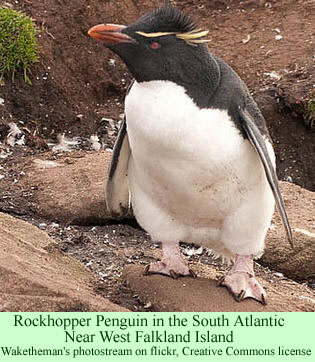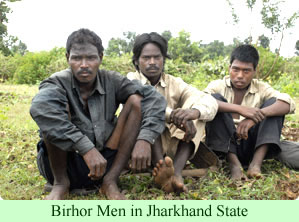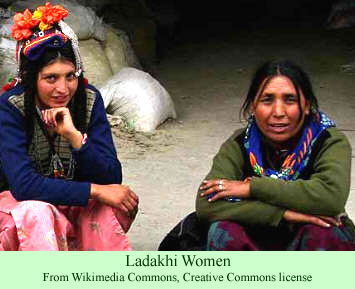Scores of Nubians demonstrated peacefully last Thursday in front of the parliament building in Cairo for their right to return to their old homeland along the Nile south of Aswan.
They were forced out of their villages in the 1960s when the High Dam at Aswan was completed, and the Egyptian government has never adequately compensated them for the loss of their homes and their livelihood. Resettlement villages north of the dam were inadequate, and built in locations where they could not pursue their traditional economic activities—farming and fishing.
The Nubian demonstrators accused the former government of the deposed autocrat Hosni Mubarak of persecuting them. One protester demanded that the Nubians should have the right to be represented in parliament. The Nubians claimed that they had a right to return to their homeland, and Mubarak had ignored that right, despite the offers of help from international organizations.
Apparently the protesters were hoping to capture the attention of the larger Egyptian population with their demonstration. The People’s Assembly building, where the lower house of Egypt’s parliament meets, is perhaps 500 metres, about 1,600 feet, away from Tahrir Square, so it appears as if the Nubian demonstrations on Thursday were not affected by the military crackdown on Friday against protesters in the much larger, more famous, location.

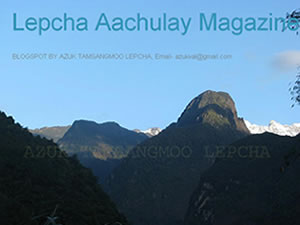
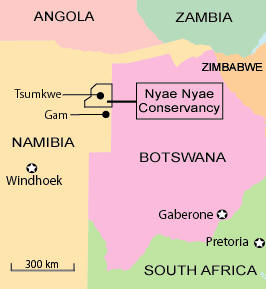 The dispute started in early May 2009 when
The dispute started in early May 2009 when 